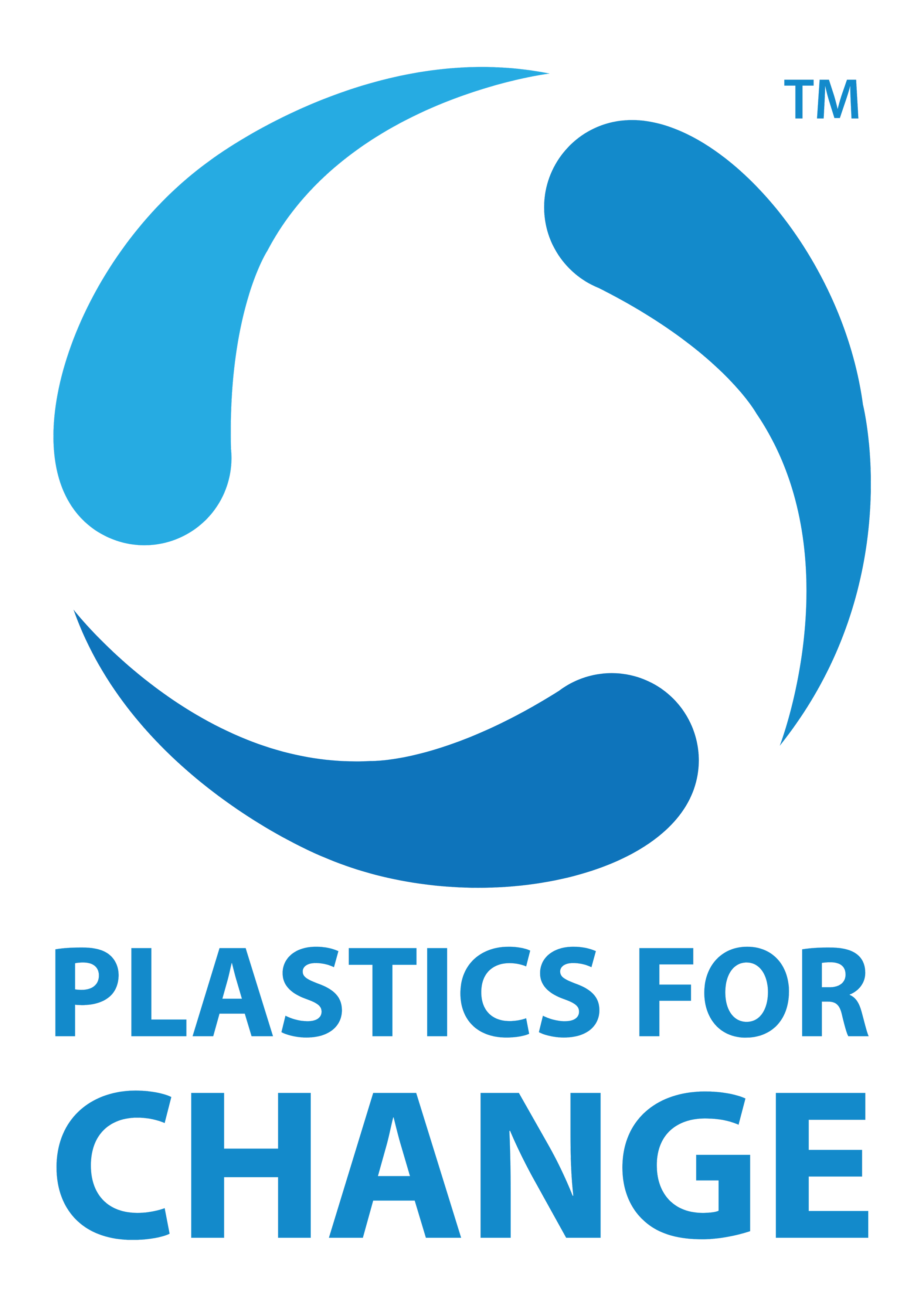According to the World Bank, the global financing gap to achieve a circular plastics economy ranges from USD 426 billion to USD 1.2 trillion by 2040. Plastic credits offer a scalable pathway to channel corporate and institutional capital directly into verified waste recovery and recycling projects.
Read MoreAccording to the Meridian Institute’s Model Framework for Inclusive Waste Picker Integration, informal waste workers are the foundation of waste management systems in many parts of the world—especially in the Global South. The framework emphasizes the need to move from extractive systems (where workers are used but excluded) to models that promote:
Read MoreIn a recent global study by Aura, nearly 40% of consumers said they abandoned a purchase because the packaging wasn’t sustainable. This signals a fundamental change in how people perceive packaging—not as a throwaway utility, but as part of the product’s value and impact.
Read MoreThe informal waste economy in Maharashtra is dominated by individuals from historically marginalised communities, such as Scheduled Castes (16.6% of the state’s population) and Scheduled Tribes (9.4%). This demographic faces deep-rooted social stigma and discrimination, leading to the intergenerational persistence of waste work. Mainstream society seldom recognizes their integral contribution, fostering feelings of alienation and isolation among an estimated 100,000 informal waste workers in the state.
Read MoreEPR is a policy approach that makes producers responsible for the environmental footprint of their products from creation to disposal. It compels companies to actively manage, collect, and recycle waste from their products, fostering sustainable production and consumption patterns. Key components of EPR include lifecycle accountability, encouraging sustainable product design, and reducing environmental impact through a circular economy approach.
Read MoreIn recent years, there’s been growing attention on the circular economy—a production model that involves businesses and consumers working together to minimise waste through sharing, lending, reusing, repairing, refurbishing, and recycling materials and products. This model offers a stark contrast to the linear model by promoting resource efficiency and sustainable use. The circular model not only eliminates waste but also regenerates resources, turning what is waste for one process into a valuable input for another.
Read More





